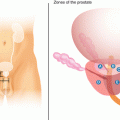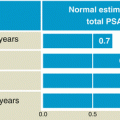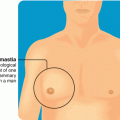Figure 2.1
Men and women
Symptoms of Prostate Disease
In general, prostate disease symptoms are divided into two categories: irritative and obstructive.
The irritative symptoms include:
Dysuria (burning with urination): This is the presence of pain and/or burning during urination. It can occur at the beginning of urination, at the end of urination, or during the exit of the entire urinary stream. The presence of dysuria might mean an infection of the urinary tract, among other possibilities.
Urinary frequency: This is a pattern of urinating frequently, and often in small quantities. It may be accompanied by a sensation of incomplete emptying, which is related to the inability of the bladder to empty completely and expel all of the urine.
Urgency: A sudden, compelling urge to urinate is often, though not necessarily, associated with incontinence of urine (inability to control urination).
The obstructive symptoms include:
Straining: This is the inability to achieve spontaneous voiding of urine, so abdominal muscles must be employed to push one or more times before initiating urination.
Weakness of the urinary stream: This is the decreased caliber and force of the urinary stream, a sign that is usually gradual and imperceptible such that after some time the patient may think the thin and powerless stream is normal.
Post-void dribbling: This is the leakage of a few drops of urine after the patient has completed voluntary urination.
Nocturia (urinating several times a night): This may occur with a gradual or sudden increase in the number of times the patient has to urinate at night. This may occur because the bladder does not empty itself completely during daytime urination and continues emptying itself at night.
Scale of prostate symptoms: Besides asking about the previous symptoms, the urologist uses certain questionnaires designed to gather information about particular problems. These questionnaires are developed and validated by international scientific organizations and make it possible for all urologists to standardize selection and delivery of treatment options.
Subjective data is gathered and converted into numeric variables, which permit measurement and quantification in a more precise and objective manner. This numeric scale, in addition to quantifying the initial condition, makes it possible to objectively measure the effects of the treatment. The following is a questionnaire that evaluates the degree of urinary obstruction due to prostate disease and is known as the International Prostate Symptom Score (IPSS)
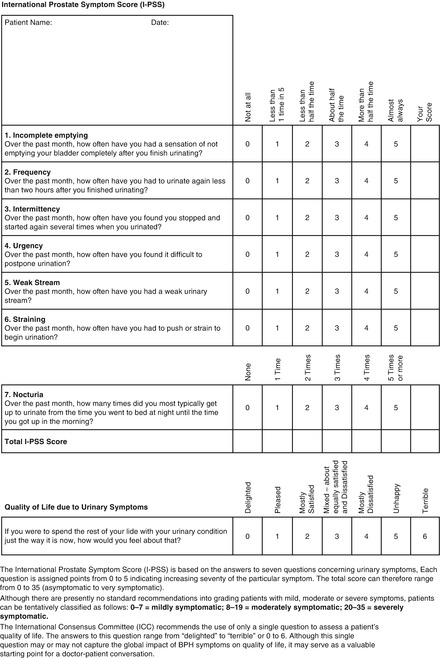

IPSS Scale of Prostate Symptoms
For patients with erection dysfunction, there is a specific male sexual health form called the Sexual Health Inventory for Men (SHIM). This is a scale widely used in clinical practice for the detection and diagnosis of erectile dysfunction and its severity, as well as for evaluating the response to treatment. With regards to male sexual performance, the following are some of the symptoms the urologist may ask about, when necessary.
Premature ejaculation (early expulsion of semen)
This is the involuntary and early expulsion of semen a common disorder in young men. It occurs when a man ejaculates sooner during sexual intercourse than he or his partner would like.
Erectile dysfunction (impotence)
This is the permanent or recurrent inability to achieve penile erection, or to maintain it with sufficient rigidity to perform and consummate intercourse. Sexual Health
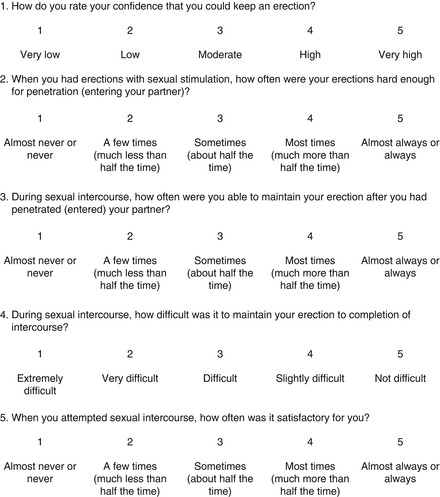
Questionnaire for Men
Stay updated, free articles. Join our Telegram channel

Full access? Get Clinical Tree




